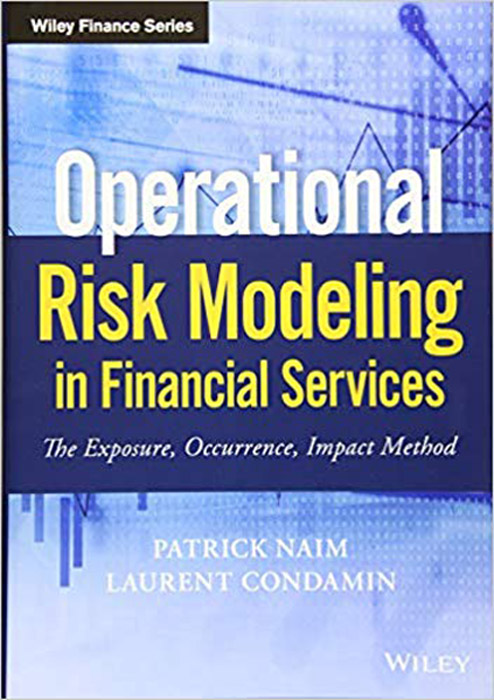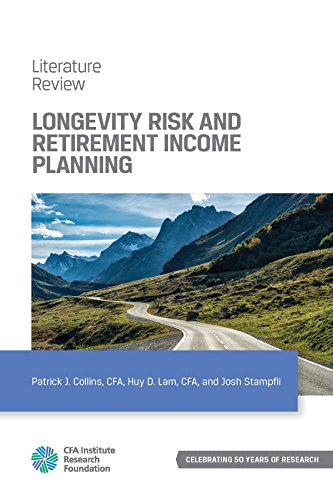US. Understanding The FedEx Pension Closure
“FedEx Closes Pension Plan to New Hires”: that’s the headline at the Wall Street Journal today. Or, as the Memphis Commercial Appeal reported, “FedEx to launch a new 401k plan with a higher match, but no pension with it. ” Superficially, it looks like a repeat of the same old story of employers taking pensions away from their employees. But, in fact, there are a few wrinkles here. In the first place, FedEx had already frozen its traditional pension plan,...


